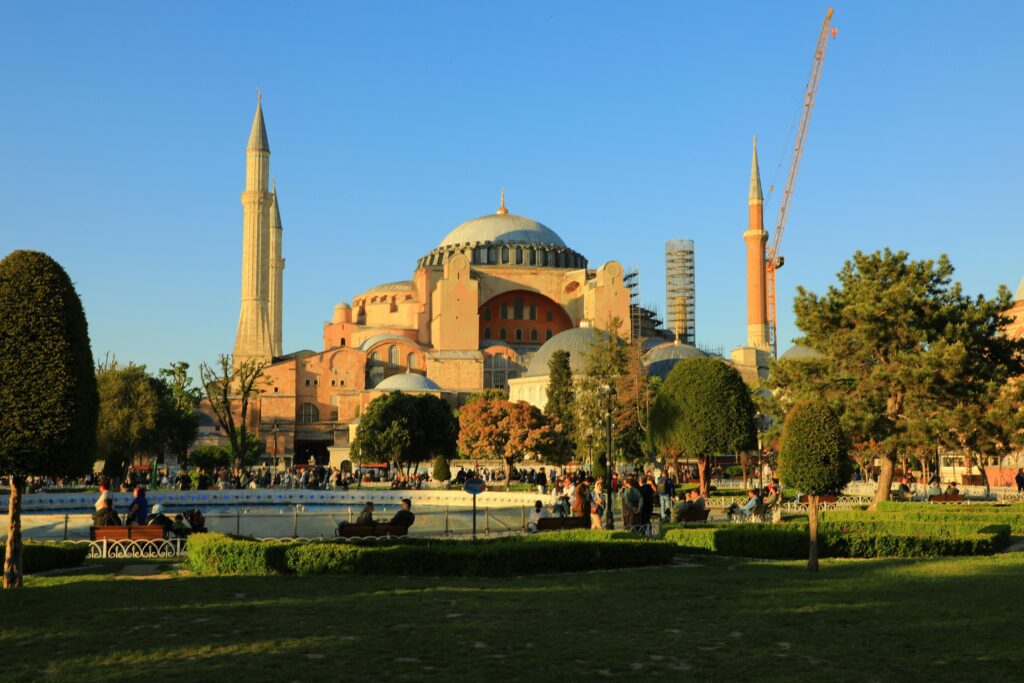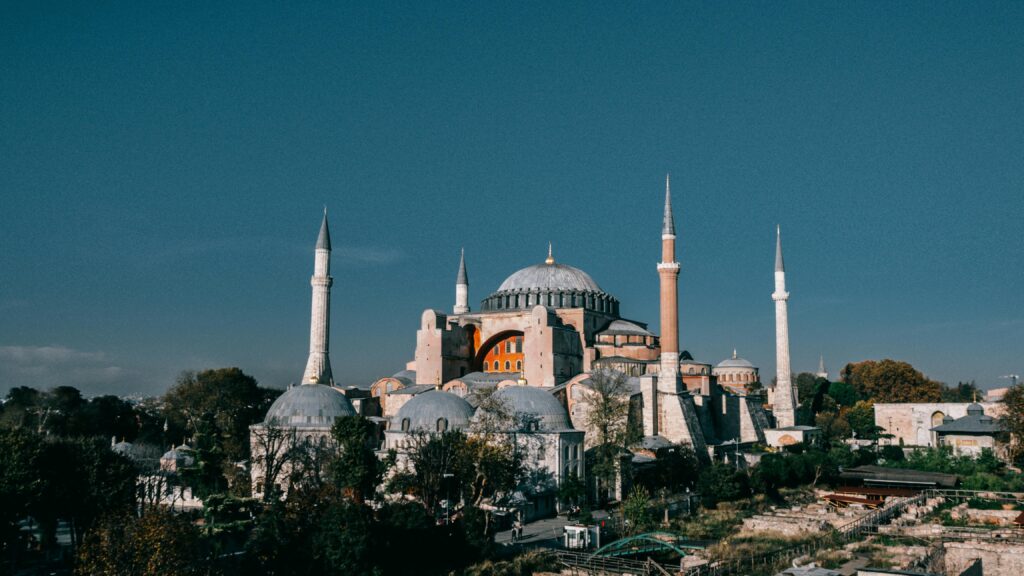
Few episodes in Ottoman history spark as much fascination as the Devshirme system. This unique practice saw Christian boys taken from their families, trained for loyalty, and shaped into the empire’s powerful military and government elite. The Devshirme wasn’t just unusual, it changed lives, shifted power, and left its mark across centuries.
The legacy is lasting. Some saw it as a path to opportunity, others remembered the loss. If you’re eager to learn how this system operated, why the Ottomans used it, and how its effects can still be seen today, you’re in the right place. Keep reading for the facts, surprising stories, and real impact of the Devshirme system.

Origins and Purpose of the Devshirme System
The Devshirme system stands out as one of the most innovative solutions the Ottomans used in their rise to power. Developed during the height of Ottoman expansion, it addressed core needs like filling the ranks of the empire’s elite forces and strengthening centralized control. To truly understand why this practice started, we have to look at the history of the Balkans under Ottoman rule and the empire’s desire for unwavering loyalty in its inner circle.
Historical Roots in the Balkan Territories
When the Ottomans swept into the Balkans in the late 14th and early 15th centuries, they faced a patchwork of Christian communities with deep regional ties. The new rulers needed a way to control these lands and tap into their resources, both human and material.
The solution came in the form of the Devshirme, sometimes called the “blood tax”. The Ottomans would gather boys from local Christian families, converting and training them for high roles in the empire. This idea solved several issues at once:
- It reduced the risk of rebellion, since promising boys were removed from their home power bases.
- The Ottomans gained access to fresh talent, unconnected to old rivalries.
- It encouraged a new sense of fate and future among Balkan families—some saw their sons rise to the highest ranks, changing their fortunes forever.
The Balkans, with their mix of cultures and lack of strong central kingdoms, proved the ideal setting for this system. Powerful empires elsewhere leaned on old nobility: the Ottomans preferred to build their own.
Learn more about the beginnings of the Devshirme system in the Balkans from the Britannica summary of the Devshirme system’s background.
Building Loyalty to the Sultan
At its core, Devshirme was about loyalty. The Ottoman sultans knew ruling such a vast, diverse territory would be impossible if powerful families or rival elites built up independent centers of power. By gathering boys from outside the traditional Turkish ruling class and raising them within Ottoman culture, the sultans created a force of Janissaries and administrators whose fate was tied directly to the success of the ruler.
This plan worked brilliantly for centuries. Devshirme recruits became:
- Janissaries, the heartbeat of the Ottoman military and famous for their skill and discipline.
- High-ranking officials and advisors trusted by the sultan above all others.
- Examples to others, showing that the emperor rewarded hard work and absolute loyalty, regardless of background.
The key advantage was that these new leaders could not claim hereditary power or loyalty to anyone but the sultan. Every benefit and chance they received came from the ruler himself. In simple terms, the Ottomans built a loyal, diverse, and flexible elite that gave the empire a real edge against enemies both inside and outside.
To understand how this system created a powerful, loyal group around the sultan, explore the deeper aims of the Devshirme system.
Devshirme wasn’t just a recruitment tool—it was a bold political experiment that shaped the destiny of the empire for hundreds of years.
How the Devshirme System Worked
The Devshirme system was not just a single event, but a powerful process that could change the fate of whole families. It took boys from their homes, trained them in new ways, and prepared them for places at the very top of Ottoman society. Let’s step through how it all unfolded, from the first day of selection to the final paths waiting after years of strict training.
Recruitment of Christian Boys
The process started far from Istanbul, deep in the villages and towns of the Balkans. Christian boys, usually between the ages of eight and eighteen, stood at the center of this system. Ottoman officials would arrive, sometimes every few years, gathering local leaders to assist with the selection. Families waited nervously, aware that the Devshirme could visit without much warning.
These boys were picked for their strength, intelligence, and good looks. Officials often kept records, marked doors with chalk, and sometimes exempted only children or sons of widows. For many villages, this was a time filled with both fear and hope.
- Age range: Most boys were between 8 and 18 years old.
- Target regions: Primarily Christian villages in the Balkans, including modern-day Greece, Albania, Serbia, and Bulgaria.
- Selection: Local leaders were often asked to help identify the best candidates, but the process felt sudden and largely outside their control.
To understand the recruitment in detail and its emotional toll on communities, you can read more about the Ottoman Devshirme recruitment process.
Training and Education
Once chosen, boys were taken far from home, sent to live in Turkish villages to learn the language, culture, and religion. The empire wanted them to leave old ties behind and start over as loyal Ottomans. Daily life in training was tightly structured and strict.
Life became a mix of prayers, physical exercise, lessons in Turkish and Arabic, and learning the beliefs of Islam. As boys grew older, the strongest and most promising moved to advanced schools or the palace in Istanbul. There, their education included:
- Military drills: Swordsmanship, archery, riding, and tactics were drilled each day.
- Religious studies: Conversion to Islam was required. They learned Quranic studies and Islamic history.
- Academics & language: Reading, writing, and even math and administration for the top students.
These routines were strict but also opened new doors. Boys learned to fight, to read, and to act as loyal members of an empire, not just their village. More details about their education and growth into Ottoman society can be found at Ottoman Empire’s Devshirme system.
Paths After Training: Janissaries and Administrators
After years of hard training, the boys split onto two main career tracks—each one carrying real power and prestige. The most athletic, brave, or disciplined joined the Janissaries, the empire’s feared elite infantry. No other army in Europe could match the skill and discipline of these soldiers, who answered directly to the sultan.
Other recruits who showed sharp minds or strong leadership skills had another future open to them. These boys could move into posts as administrators, treasurers, or even governors, sometimes rising to serve as grand vizier (the top advisor in the empire).
Key paths after training included:
- Janissaries: Elite soldiers who were central figures in Ottoman victories and feared across Europe.
- Palace service or administration: Managers, finance chiefs, and even high-ranking government officials.
- Social mobility: Those who started as humble boys from mountain villages sometimes became the most powerful men in the empire, with legacies reaching back into Europe and beyond.
To explore where Devshirme boys might end up, check out this overview of Devshirme roles and training.
The Devshirme system changed the futures for thousands, forever binding families across the Balkans to the fate of the Ottoman Empire.
